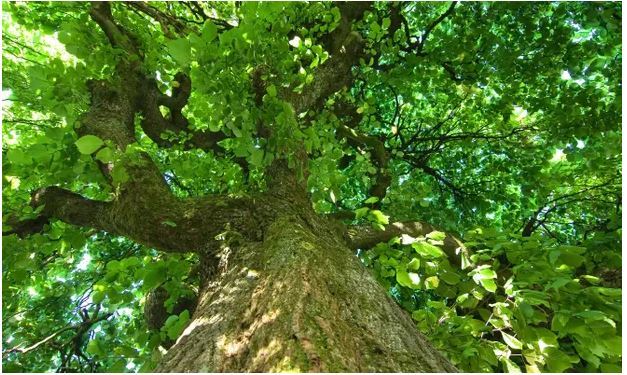WMT #3: How Gill Phoenix
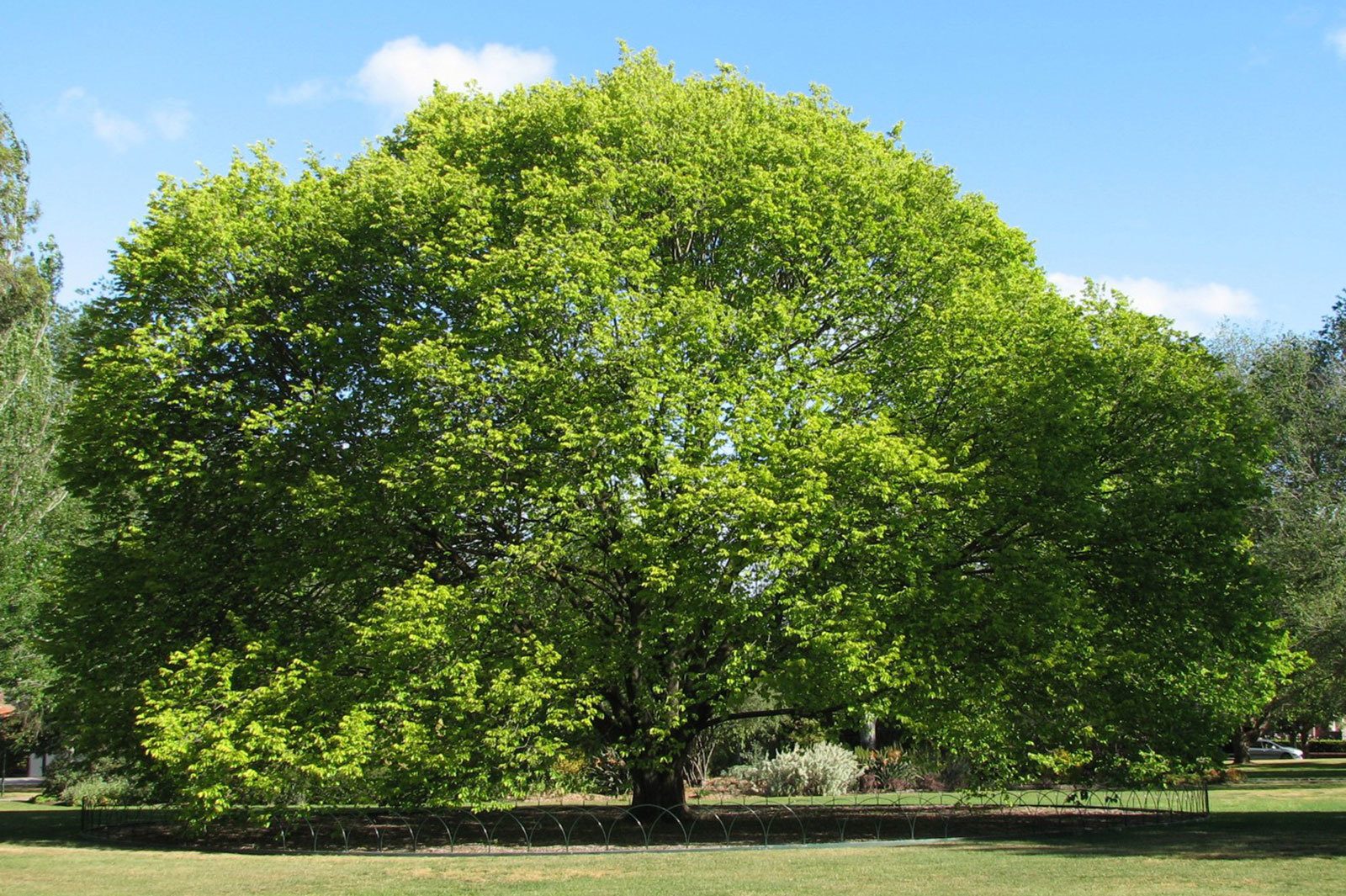
The 3rd cache of the series, a small, camo-taped flip-topped tube, is hidden along the trail near where it crosses a bridge over How Gill.
Please ensure the cache is correctly replaced, well-concealed from the stream of muggles who use this path.
Overhanging the bridge on the northern side is a small tree which is an arboreal phoenix regenerating and re-establishing itself after devastation by disease . . .
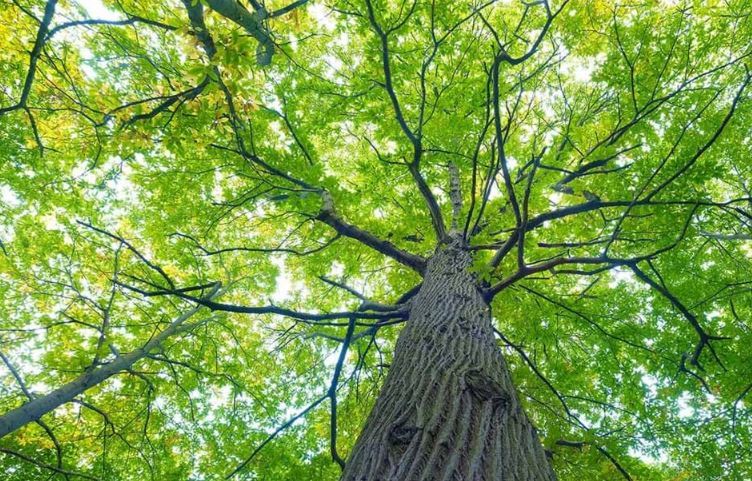
The sweeping and majestic Wych Elm (Ulmus glabra) which can grow to 30m was decimated by Dutch elm disease and mature trees are now rare. Its loss also caused a dramatic decline of the elusive White-letter hairstreak butterfly (Satyrium w-album) whose caterpillars rely on its leaves. Now, apart from a few pockets of mature survivors which have escaped attack, especially in Scotland, the tree has been reduced to a (locally common) hedgerow plant.
It usually grows in hilly or rocky woodlands, or beside streams and ditches. It is hardier than the English elm (Ulmus minor var. vulgaris), so is found much further north and west, and in parts of Scotland.
 Young bark is smooth and grey becoming grey-brown and deeply fissured after 20 years. Twigs are dark grey and covered in coarse hairs, and leaf buds are hairy, purple-black and squat.
Young bark is smooth and grey becoming grey-brown and deeply fissured after 20 years. Twigs are dark grey and covered in coarse hairs, and leaf buds are hairy, purple-black and squat.
Its toothed leaves are larger than those of other elm species, have characteristic asymmetric leaf bases (common to all elms), taper to a sudden point and an upper surface rough to the touch. In winter buds and twigs are densely covered in orange hairs.
Red-purple flowers appear before the leaves in early spring growing in clusters of 10–20, spaced out along the twigs and small branches. Elms are hermaphrodite, with both male and female organs within each flower. After wind-pollination they develop into small, winged fruits (samaras) with a seed at the centre of the wing which are dispersed by wind.
the twigs and small branches. Elms are hermaphrodite, with both male and female organs within each flower. After wind-pollination they develop into small, winged fruits (samaras) with a seed at the centre of the wing which are dispersed by wind.
Many birds eat elm seeds and the leaves are food for many moth caterpillars, including the peppered, light emerald and white-spotted pinion. White-letter hairstreak butterfly caterpillars also feed on elms and it has declined dramatically since Dutch elm disease (DED - see below) arrived in the UK.
 Elm and ash were revered by the ancient inhabitants of Northern Europe as a sacred tree. They were linked with melancholy and death, maybe because they can drop dead branches without warning. The wood was also used for coffins. In folk tales, elm has the power to give you prophetic dreams.
Elm and ash were revered by the ancient inhabitants of Northern Europe as a sacred tree. They were linked with melancholy and death, maybe because they can drop dead branches without warning. The wood was also used for coffins. In folk tales, elm has the power to give you prophetic dreams.
Uses: the water-resistant wood is strong and durable with a tight, twisted grain. It is easier to work for carpentry than common elm which splits and has been used in decorative turning, and to make boat parts, furniture, wheel hubs, wooden water pipes, and floorboards.
See here for an excellent short video on the wych elm and here for a project making multiple uses of a famous old tree which had to be felled.
A virulent strain of DED was accidentally imported into UK in 1966 from Canada and spread quickly through movement of elm products, especially on logs with attached bark but also saplings, crates and mulching bark.
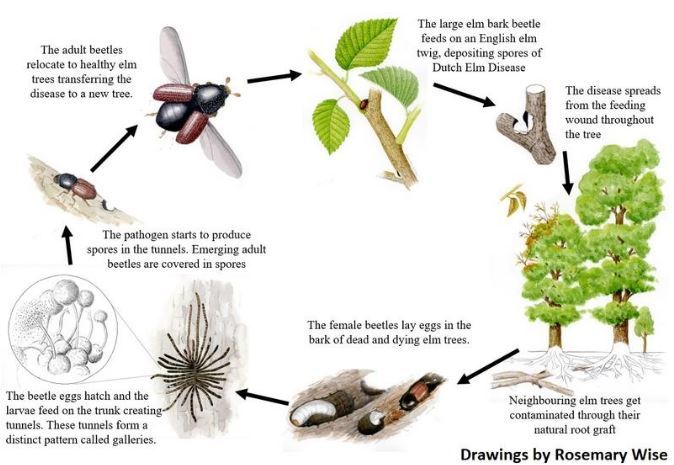
It is caused by the fungus Ophiostoma novo-ulmi which is spread by elm bark beetles. It's name comes from Dutch pathologists who researched the disease in the 1920s. The beetles breed in the bark of cut, diseased or otherwise weakened elm trees then disperse to healthy elm trees. As they feed spores of O. novo-ulmi are introduced into the xylem (water/nutrient channels) of the healthy tree, releasing toxins. To try and isolate the disease, the tree shuts down its sap-conducting vessels, and the crown above the blockage is starved of sap, wilts and dies within days.
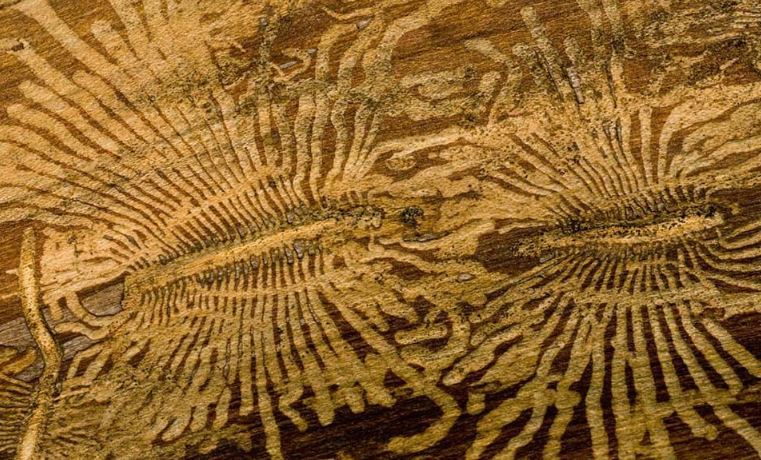
Symptoms include: clusters of yellow leaves that wilt and fall, shoots dying back from the tip, twigs that bend down in a ‘shepherd’s crook’, dark streaks underneath the bark of twigs, or dark spots and rings in the cross-section.
The root system usually survives and most trees are able to sucker vigorously. However, after 10 years the new growth becomes vulnerable to infection when trunks are thick enough for beetle attack.
Over 30M elms have been killed so far in the UK, drastically and permanently changing the landscape, and populations in Europe and North America have also been devastated.
See here for an informative short video on the disease and here for more info on DED, including efforts to fight it such as sanitary felling, and the development of resistant hybrids.
